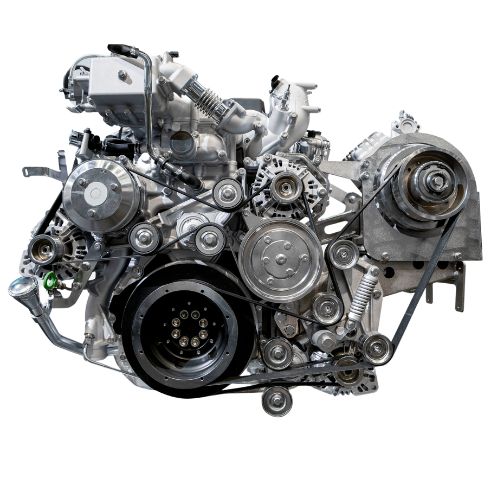2017 – 2020 NISSAN PATHFINDER 3.5L ENGINE SHORT BLOCK *37K MILES* *FLOOD RECOVRY
Large Network Of Engine Suppliers
Compare Quotes
Save Money
Save Time
2017 – 2020 NISSAN PATHFINDER 3.5L ENGINE SHORT BLOCK *37K MILES* *FLOOD RECOVRY For Sale
If you’re in the market for finding a top notch second hand Nissan motor for sale, take a look at Used Engine Finder. We allow you to contact a collection of Nissan dismantlers and engine importers immediately, in order to get the very best bargain for the ideal substitute engine.
With Used Engine Finder, you needn’t lose time doing your research. We just require information regarding what you need, and our junk yardswill get back to you with estimates. Our direct connection with the dealer ensures that we can provide you with the ideal prices.
So don’t put it off any longer, find your ideal engine today with Used Engine Finder.
- Save time and money by using Used Engine Finder to get the ideal used engine.
- Get several offers from our reputable sellers.
- The greatest deals may be obtained by working directly with engine sellers.
- You may find engines for any and all cars right here.
Best Engine Replacement Procedure
- Swap the engine’s oil, fuel and oil filters, and coolant.
- Install new engine and external coolers if existing.
- Cleanse the cooling system thoroughly, then replace the water pump.
- Renew necessary hoses and belts.
- Install a new timing belt, spark plugs, and wires.
- Replace essential gaskets and seals, focusing on the oil pan, front, and rear main seals.
- Clear the vehicle’s computer codes before engine installation.
- Ensure the replacement engine matches the original specifications.
- Transfer exhaust manifolds, mounts, distributor, and sensors from the old engine.
- Disable fuel and ignition before ignition to prime the oil.
- Ensure no plugs or tape remain on the engine before installation.
7 Common Mistakes to AVOID!
- Not resetting the vehicle’s computer codes before installation.
- Skipping the step of adding engine oil before the first startup.
- Forgetting to deactivate the fuel and ignition systems, essential for priming the oil.
- Ignoring the replacement of the oil cooler or the radiator’s integrated oil cooler.
- Overlooking the cleaning of the radiator and checking the operation of the cooling fans.
- Not swapping out the flywheel and its securing bolts.
- Trying to initiate the engine’s first run without proper priming.
